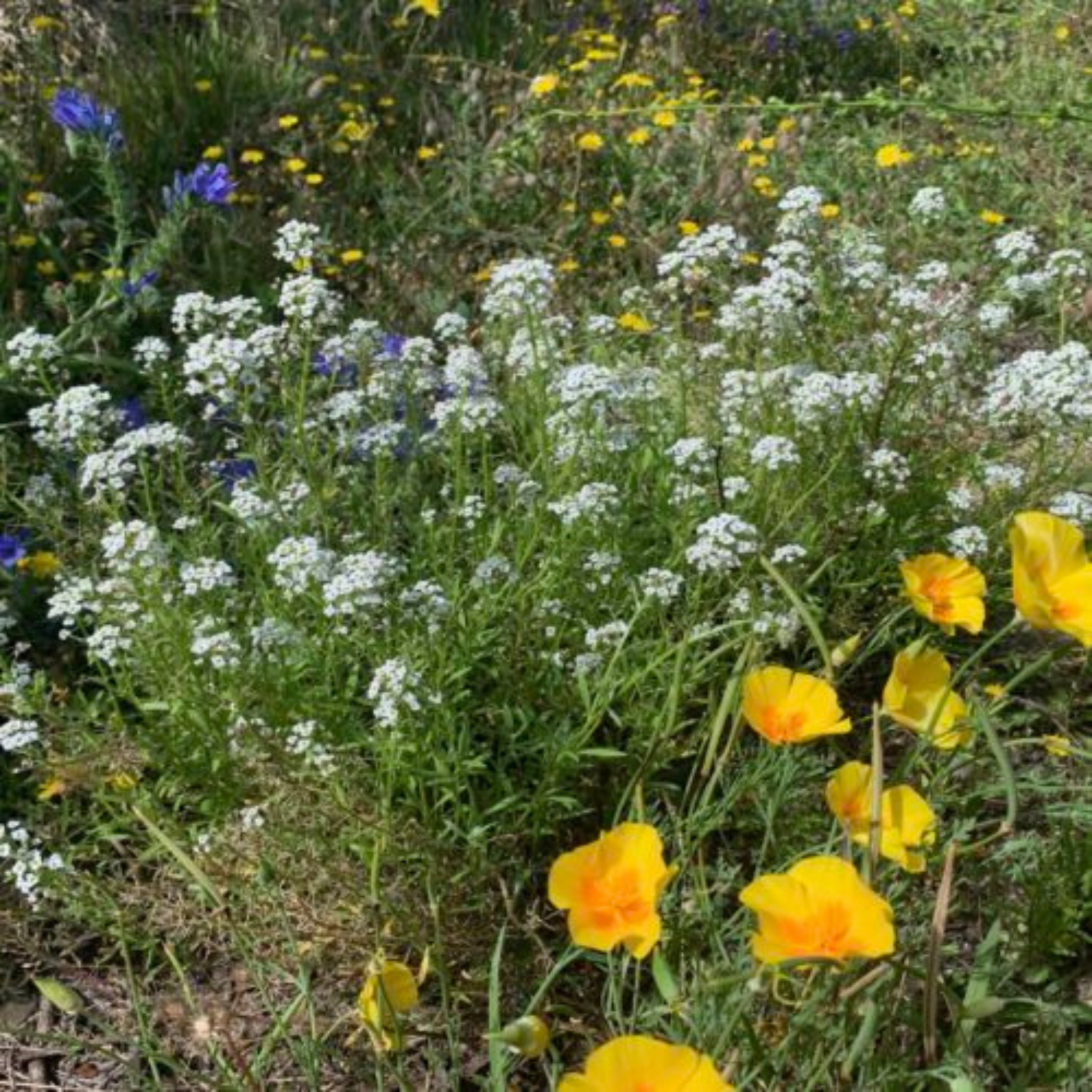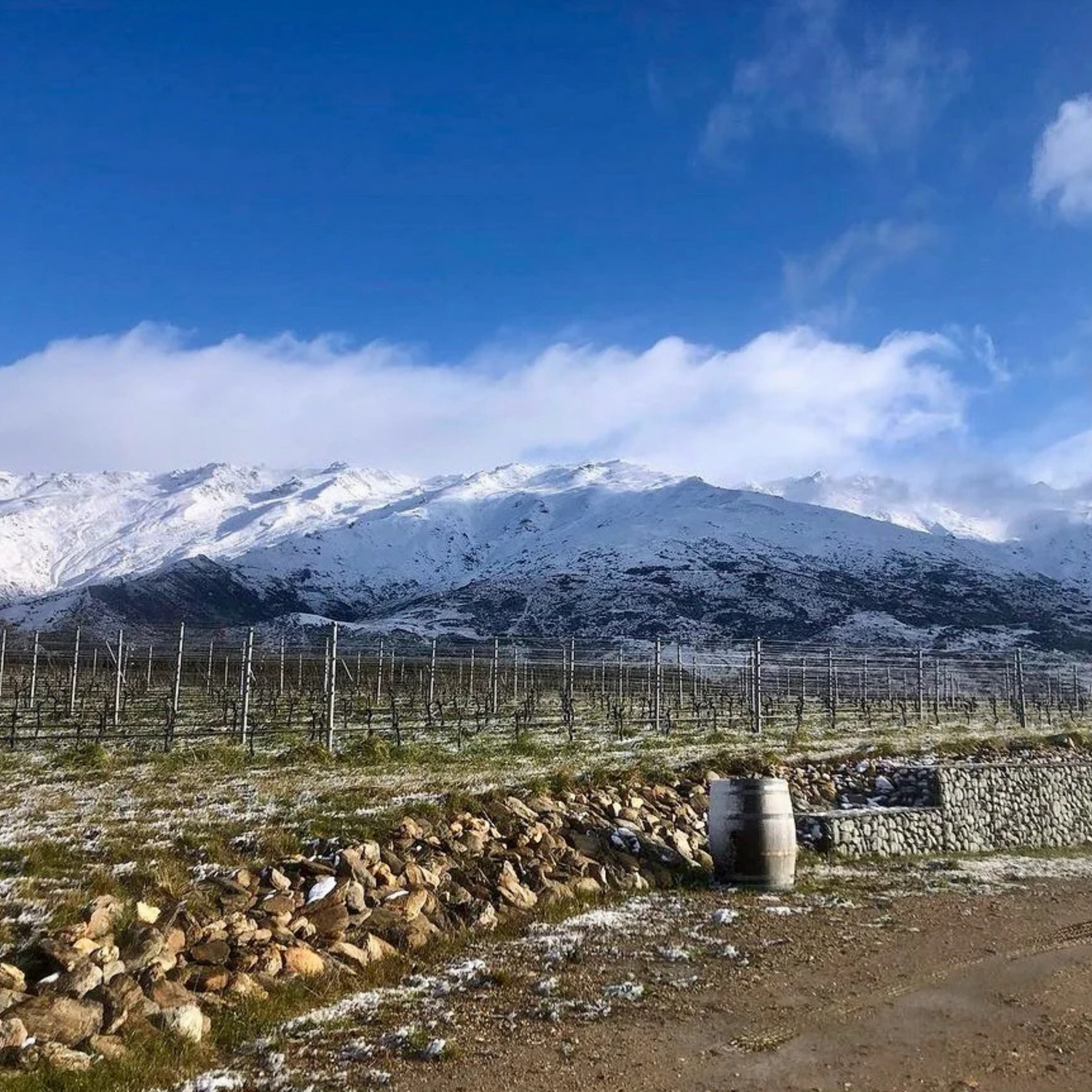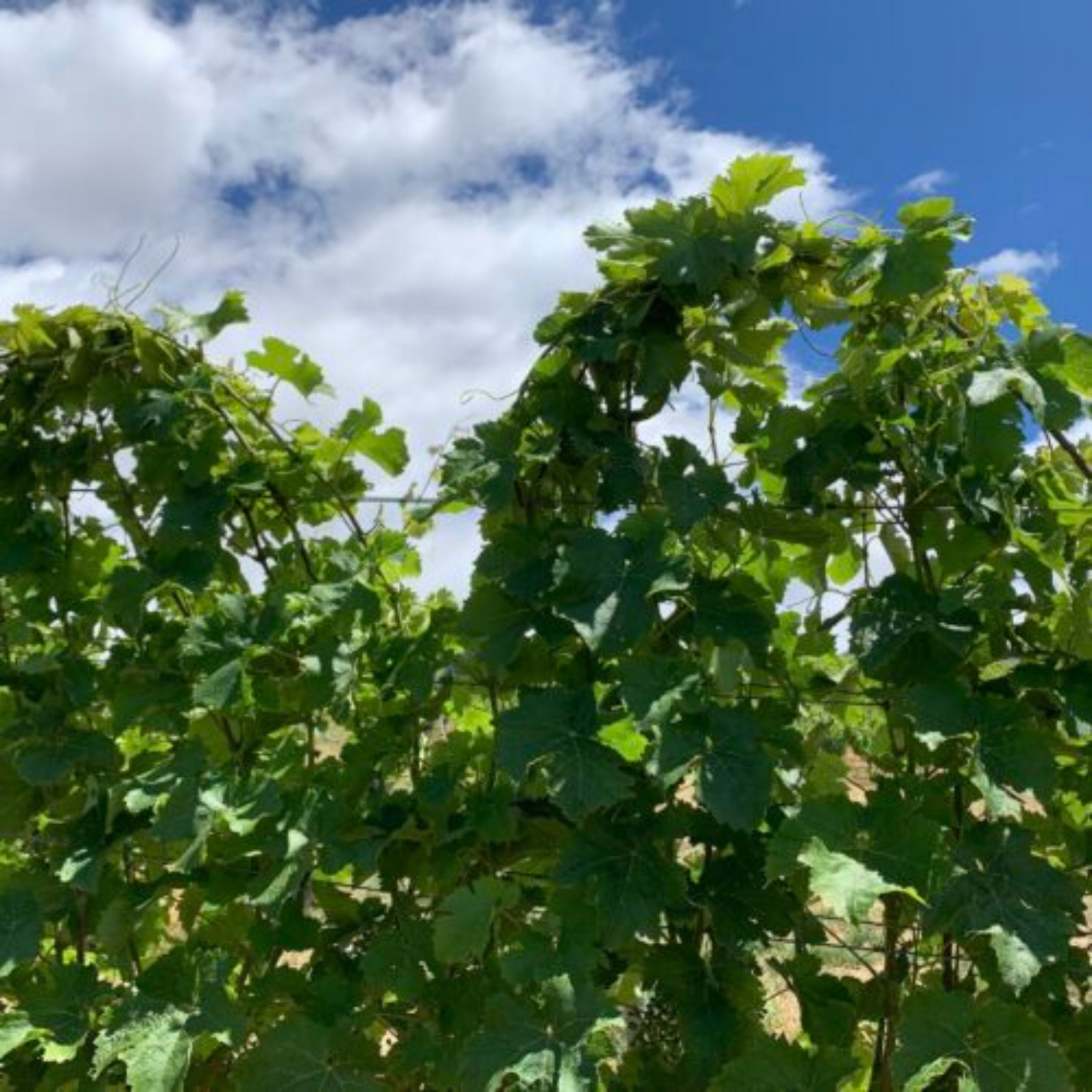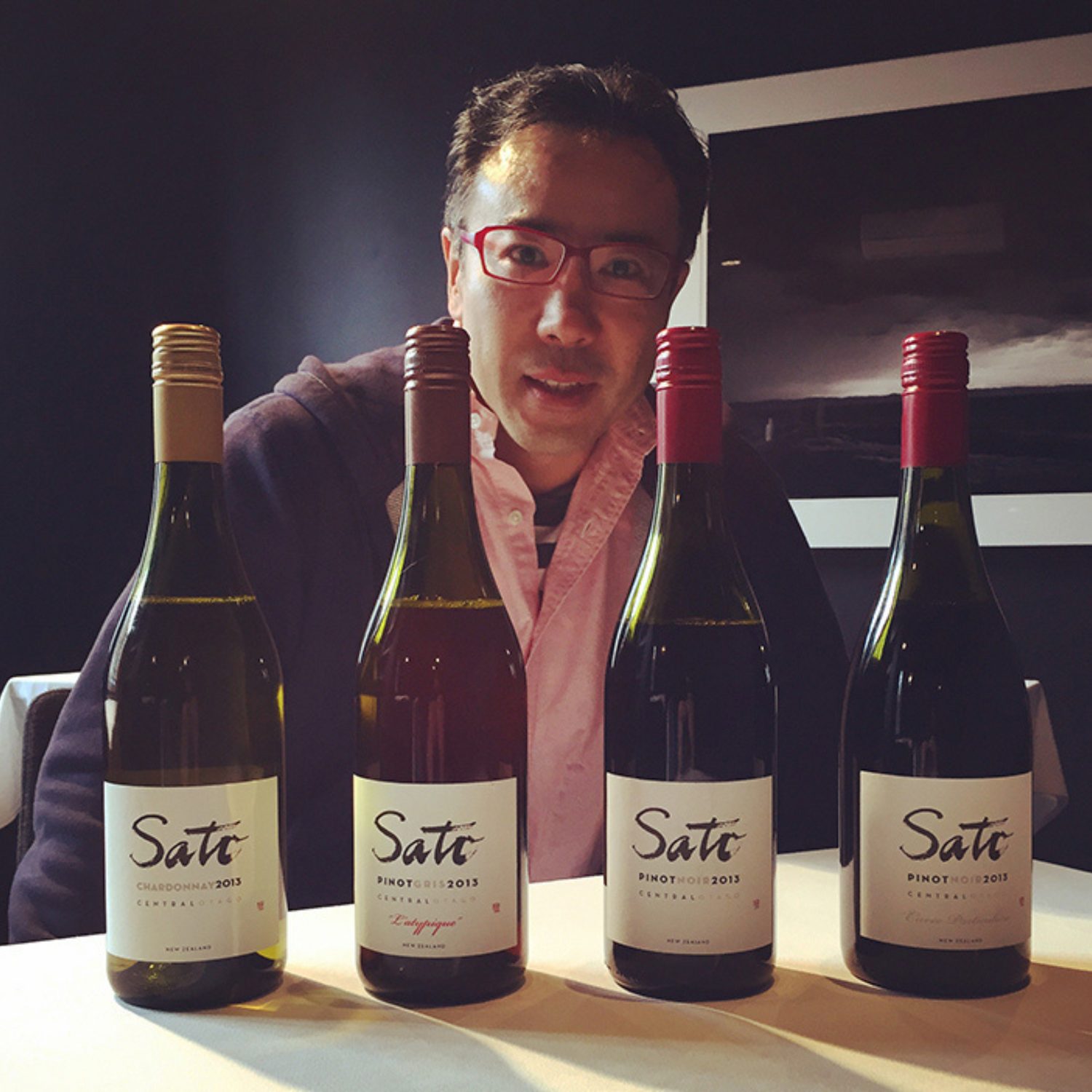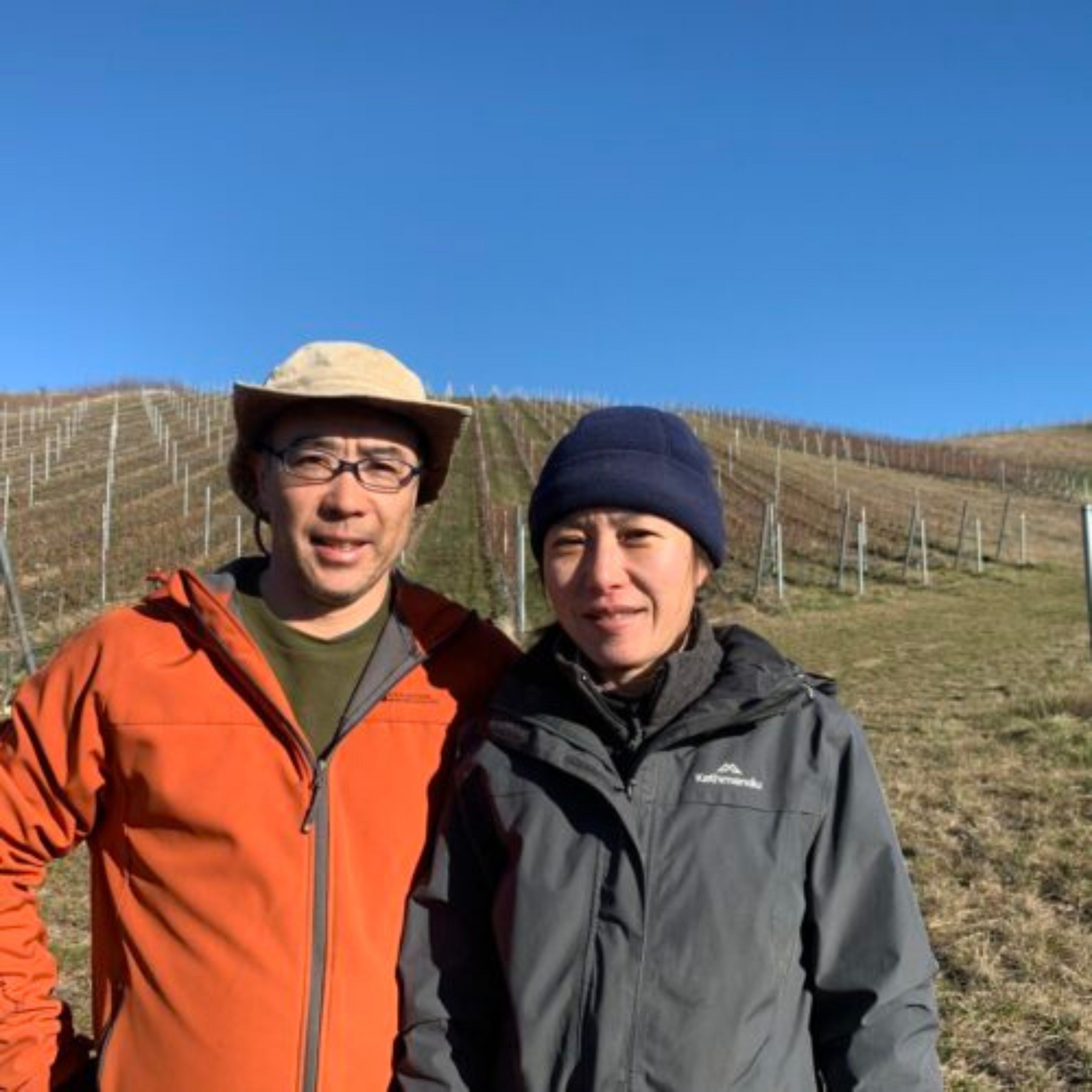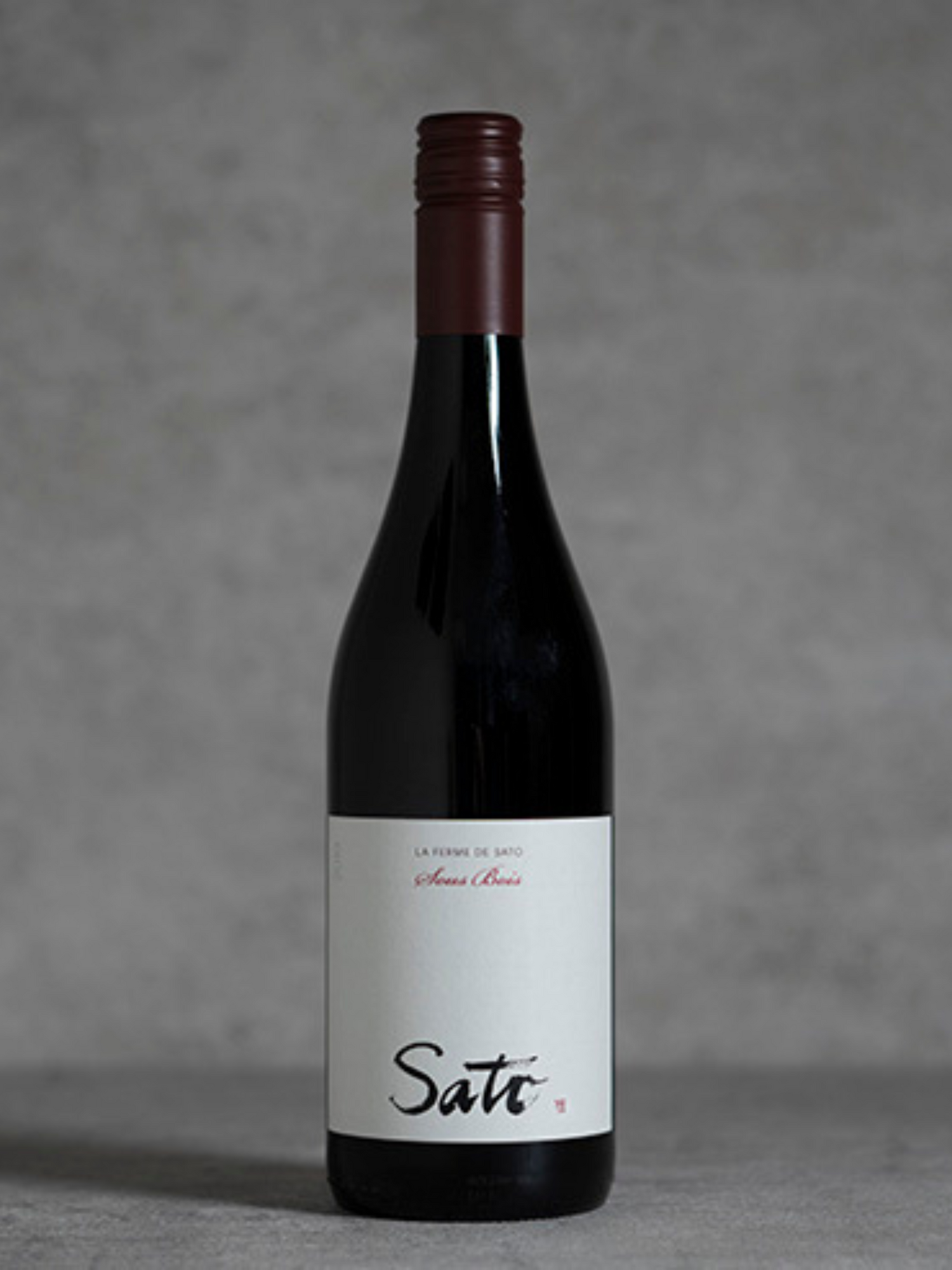
Sato
Sato Wines is one of Central Otago’s most quietly compelling producers — a natural wine project rooted in minimalism, intuition, and the unfiltered character of site. Founded by Japanese-born Yoshiaki Sato and his partner Kyoko, the label is a deeply personal response to the landscape of New Zealand’s deep south, made in small volumes with a focus on vineyard integrity and low-intervention expression. It is a project defined less by style than by sensitivity — to the land, the vintage, and the evolving energy of each wine.
Fruit is sourced from organically and biodynamically farmed vineyards across Bannockburn, Lowburn, and Gibbston, with long-standing grower relationships that prioritize vine health and soil vitality. The Satos also farm their own parcel in Pisa, planted to Chardonnay and Pinot Noir. Across all sites, yields are kept low, and the fruit is harvested by hand, often early, to preserve freshness and aromatic precision.
Winemaking is instinctive and stripped-back. Fermentations are wild, sulphur is used sparingly or not at all, and the wines are bottled unfined and unfiltered. Pinot Noir is often whole cluster, aged in neutral oak or amphorae. Whites — including Chardonnay, Pinot Gris, and Riesling — are handled with long skin contact, extended lees ageing, and a focus on texture and minerality over fruit. Every cuvée is made in tiny quantities, each one a singular, tactile expression of its origin.
The wines are pure, wild-edged, and textural. Pinot Noir is herbal, savoury, and finely grained, with a quiet depth that builds with air. Skin-contact whites are saline, structured, and slightly oxidative — wines of movement and contrast. Across the portfolio, there is tension without harshness, clarity without gloss. These are wines that demand attention not through power, but through their still, magnetic presence.
What defines Sato Wines is not ideology, but trust — in nature, in intuition, and in the quiet confidence to do less.
These are wines that feel uncovered rather than made — delicate, feral, and humming with the raw detail of Central Otago’s far edges.
